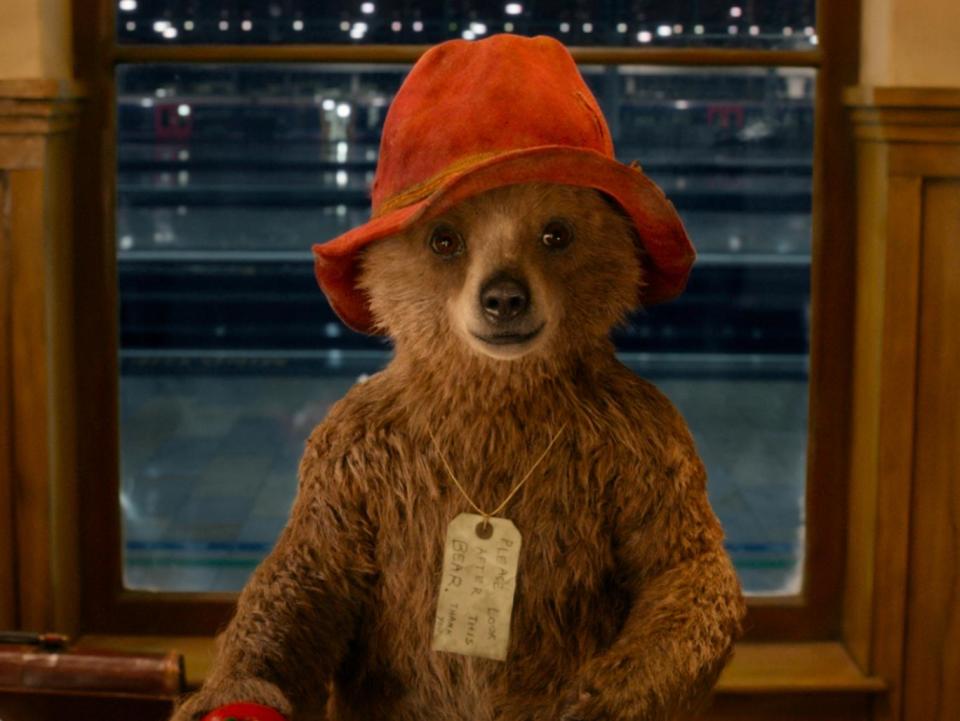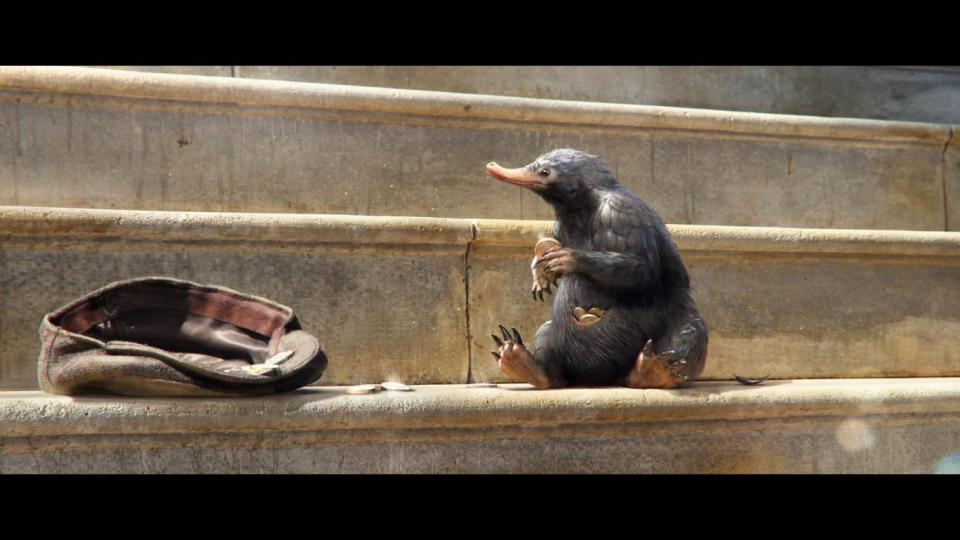How the Fantastic Beasts were brought to life: An interview with visual effects supervisor Pablo Grillo

The lingering perception of visual effects supervisors among mainstream movie-goers is that their entire day job consists of nerdily beavering away at computers in tucked-away studios, well out of the way of the real action of a blockbuster set.
These days, that couldn’t be further from the truth, and Pablo Grillo - one of Framestore’s lead animators who worked his magic on Paddington, The Golden Compass and four of the Harry Potter films - is the perfect example of someone who has a guiding hand in the filmmaking process from conception to completion.
Today he’s talking about his Bafta-nominated work on JK Rowling’s newest baby - Fantastic Beasts and Where to Find Them. One of the most obviously praise-worthy elements of the box-office smash was the beasts themselves: funny, full of personality and visually stunning, they indisputably stole the show, as the film’s title suggested they might. The naughty Niffler and doleful Demiguise in particular transformed this from a run-of-the-mill dip in the wizarding world into something far more memorable.
Grillo was in place from day one of production and played a central role in shaping each of the creatures individually. “We were given a lot of creative freedom from the beginning, there was almost an alarming level of trust in us and the team,” he chuckles. “It was an open brief, essentially. David [Yates, the director] saw the value in bringing the animation team in from the start, to shape how these creatures were going to come together.
“We were put in charge of overseeing how the animals were going to grow into real characters, and not just the flat images we drew them as. We went through months of creating situations and funny moments with David and the producers, before chiselling it down to the batch that made it into the final film.
“From there we could start to formulate behaviour, or visual gags, and how we could build them into the big set pieces - little quirks actually informed the final script. It was an incredibly fulfilling process overall - mainly because of the challenges open to us.”

And there were countless such challenges, Grillo explains. The process of developing “intimacy” with the creatures, as he put it, was a long and difficult one - finding layers of detail in things that could be seen as fairly throwaway in the script, and creating a believable bond with Eddie Redmayne’s Newt. “Quite quickly we’d get an impression of whether they would work anatomically, but it took longer to being feel their places as performers in the film, and whether audiences would engage with them.”
Grillo is currently putting the finishing touches to Paddington 2, which recently wrapped filming and is due out at the end of the year - “It has a similar tone to the first but with a bit more adventure, which is great for us,” he grins, but refuses to give away any more hints. “I’ve become something of a creature specialist over the past few years, and that suits me just fine.” He says that although the tools and technologies available to Framestore have changed hugely over the years, their basic approach to films is more or less the same as it ever was.
“We utilise the same classic principles of movement that have been around for decades, so the basic elements haven’t changed that much,” he says. “With the Potter films, it felt like each year we were pioneering, pushing the edges: each step represented a huge feat for us. When the Hippogriff came together it was like ‘Wow, we’ve really done something here’. I think nowadays the way we construct creatures and build them, these are things that we now understand better and have done so for a while.”

The animator reveals that there is one innovation he is excited to see pushed further: the use of augmented reality on set. He hopes that in the not too distant future, a cameraman will be able to look down the lens and see a pre-animated character ready to roll. “Something that I think we need to be able to do better is making it less of an abstract process on set,” he says. “That would be one of the more pioneering things, to give filmmakers a better grasp of distancing while using animation and allow us to do away with using bags on sticks as placeholders.
“It will still require a lot of preparation and you wouldn’t want anything to detract from live element of shooting a movie, but anything that smooths out the whole process while retaining the dynamism of filmmaking would be valuable to us.”
Until that happens, Grillo is getting back to what he and the Framestore team do best: dreaming up new ways to bring smart creatures to the big screen in a way that leaves their audiences gawping at the magic of movie-making. “The more we can form these creative partnerships with filmmakers and offer our expertise, the more stories we’re going to get to tell.”
Fantastic Beasts and Where to Find Them is out now on digital download and on 4K Ultra HD, Blu-ray and DVD 27 March.

 Yahoo News
Yahoo News 
